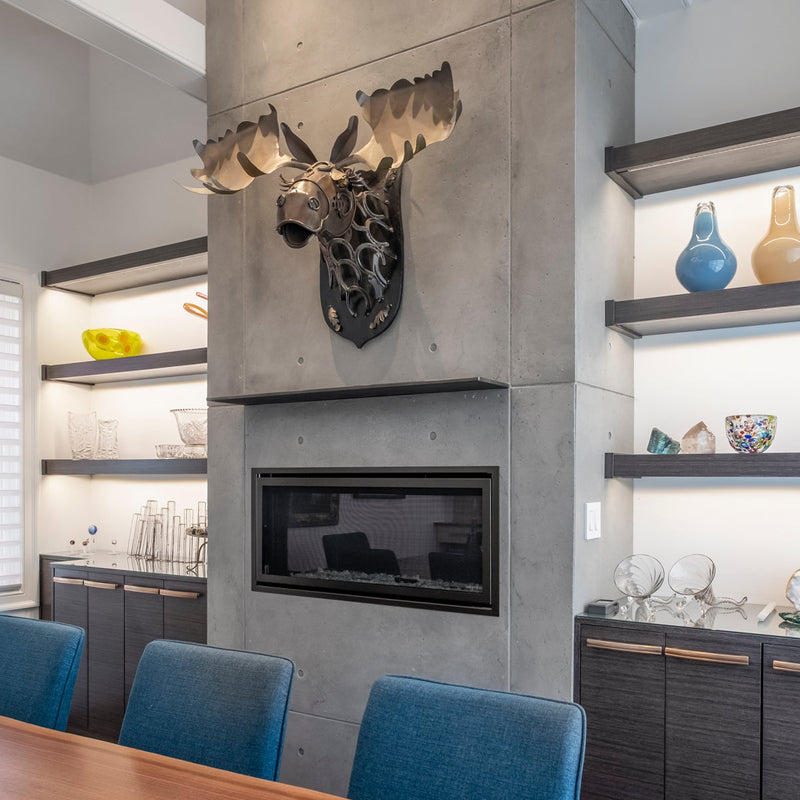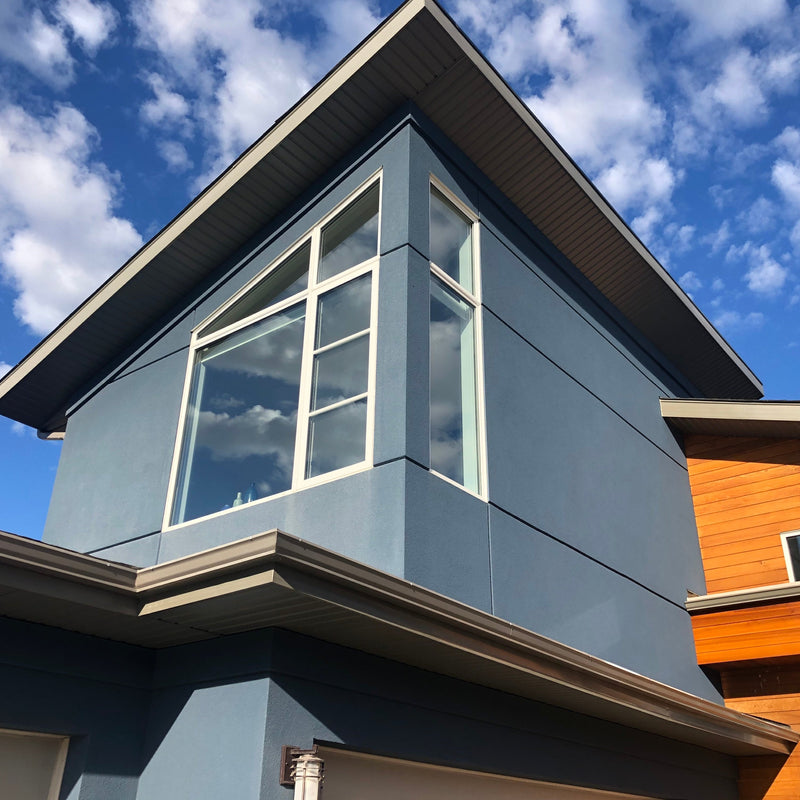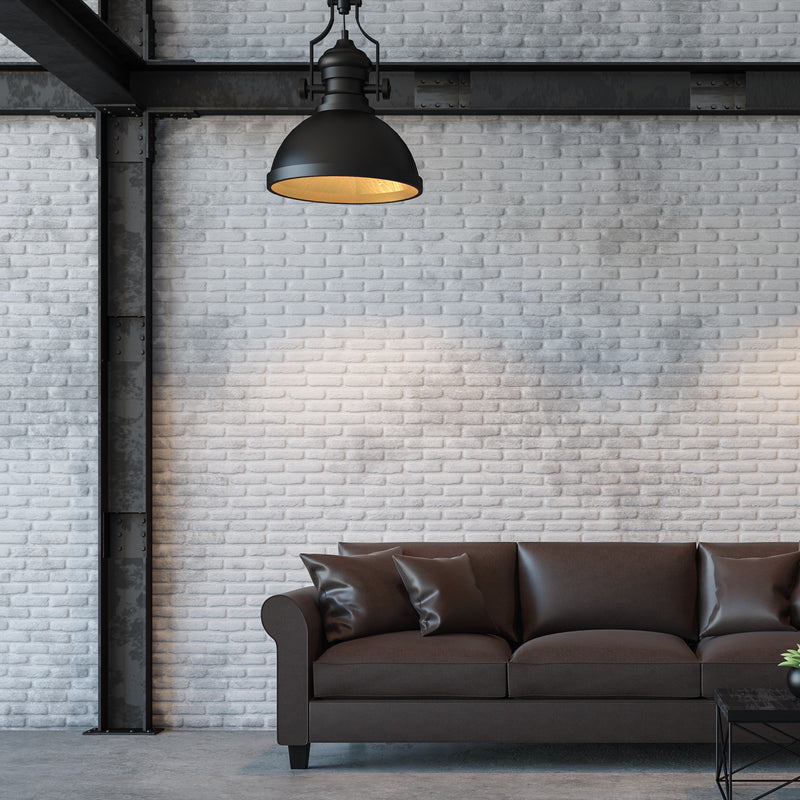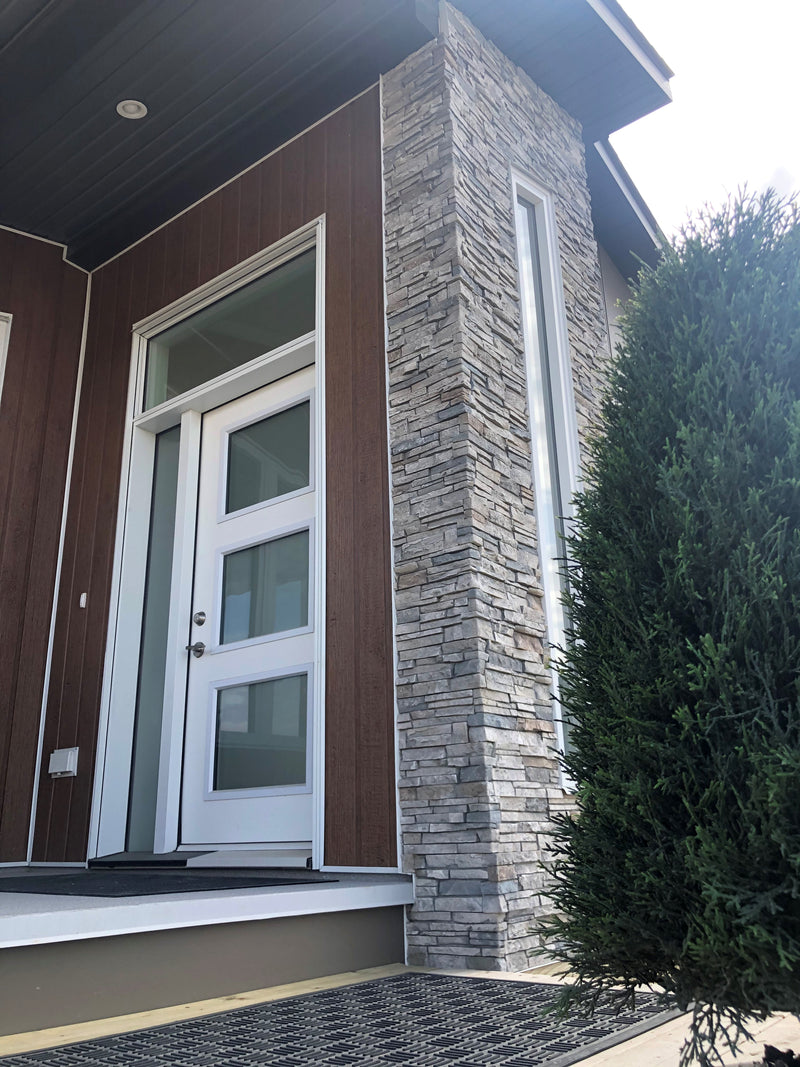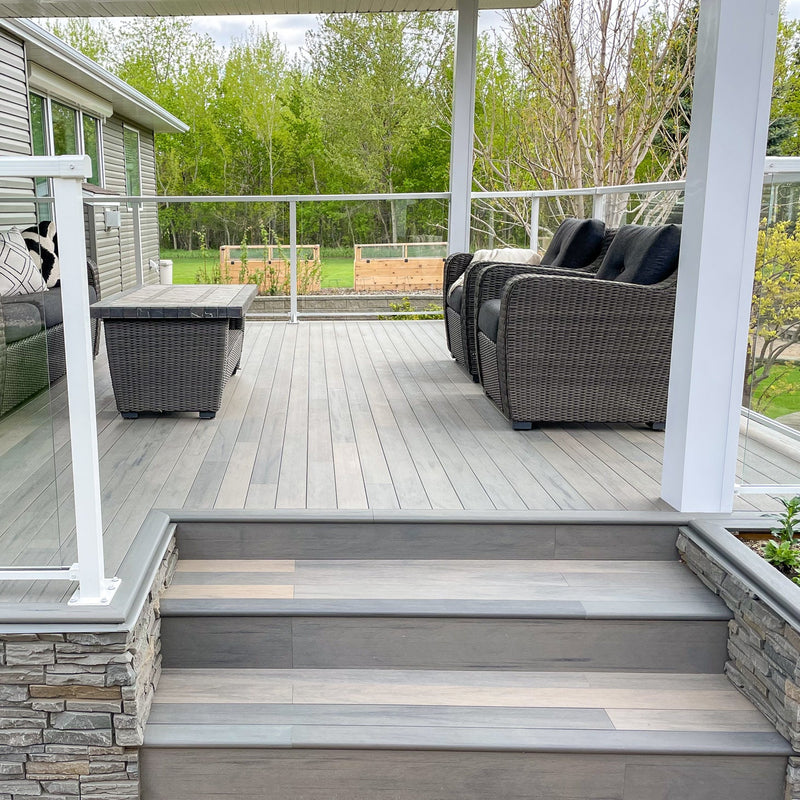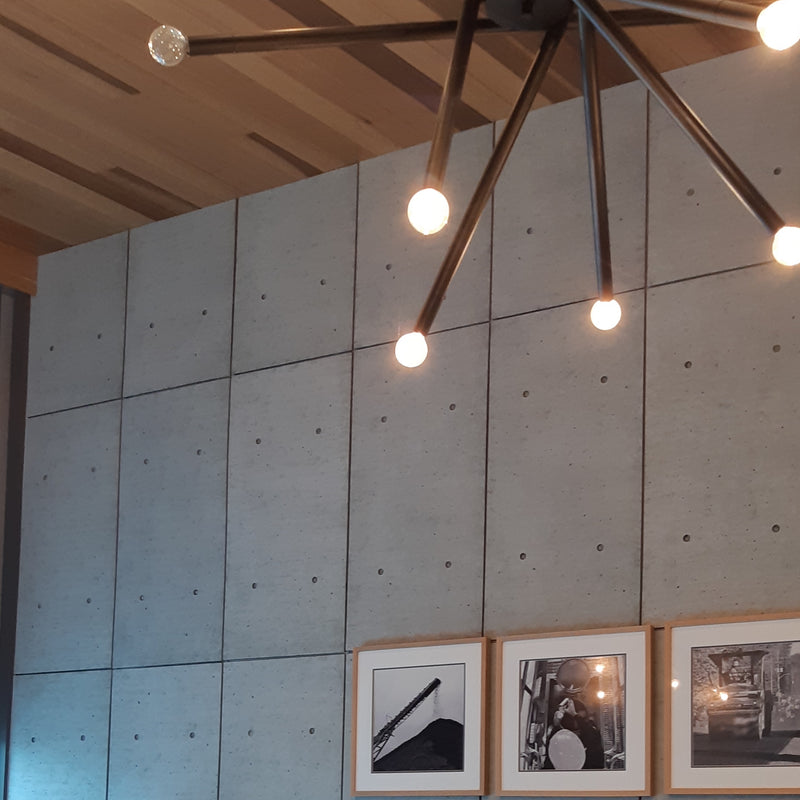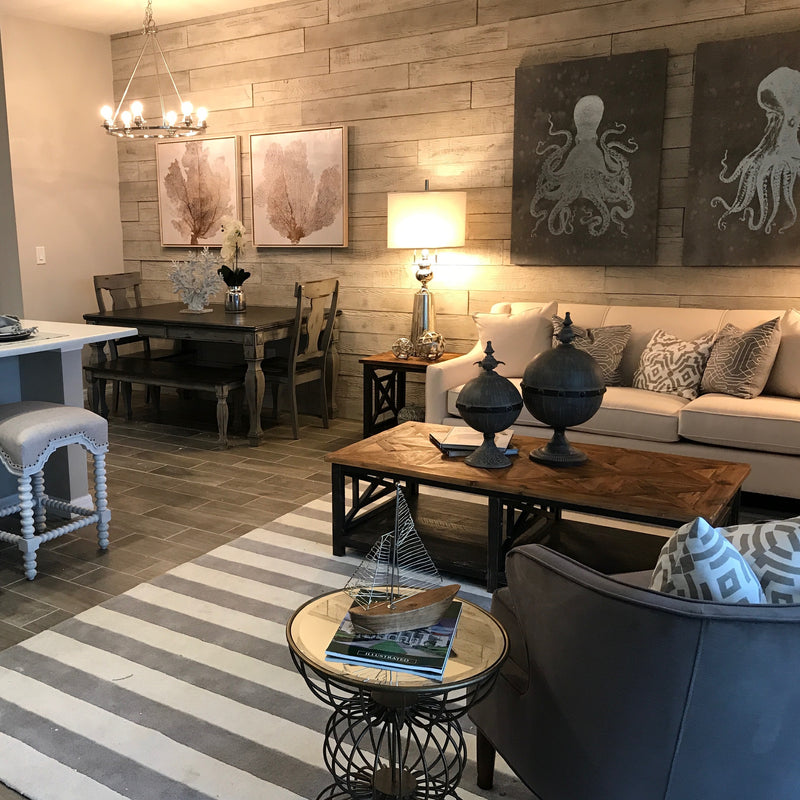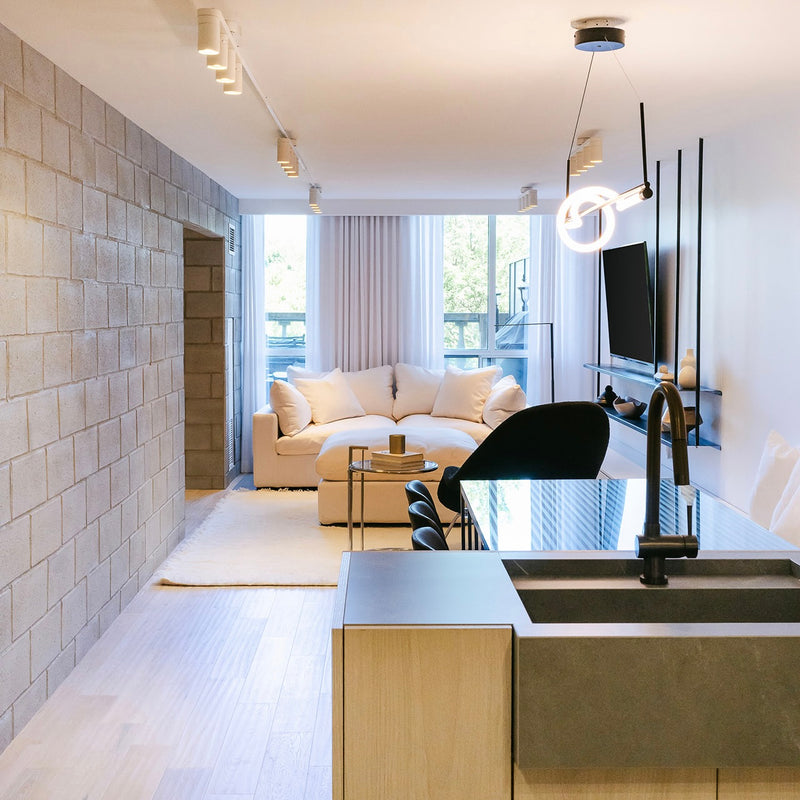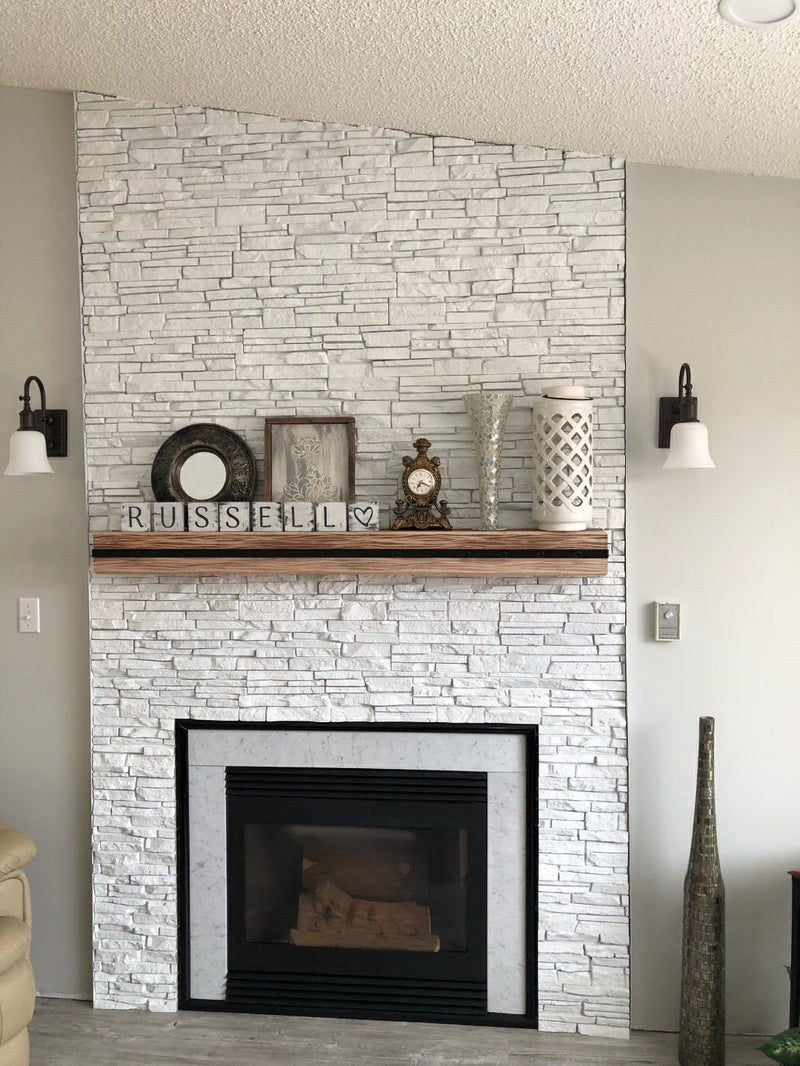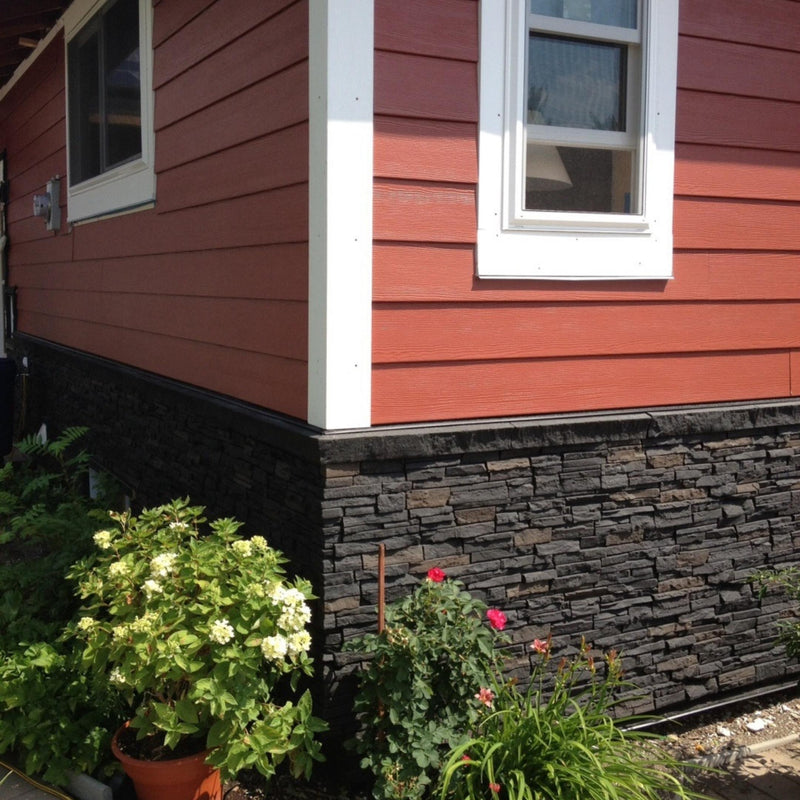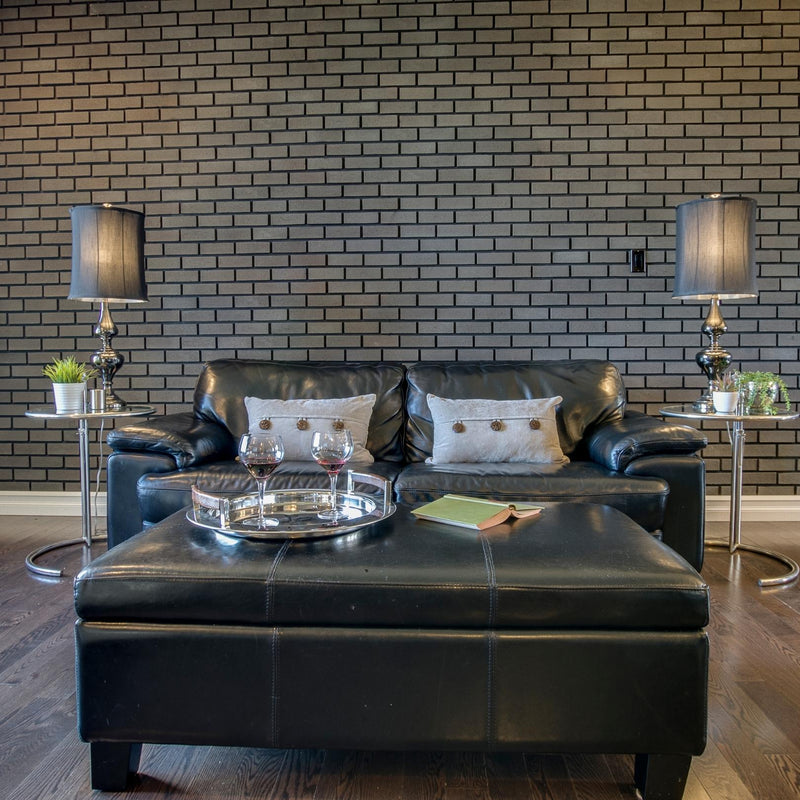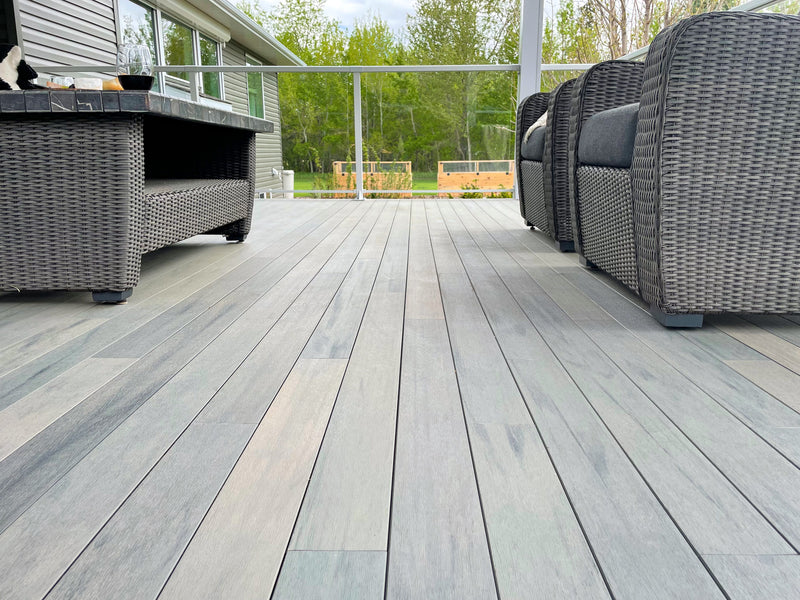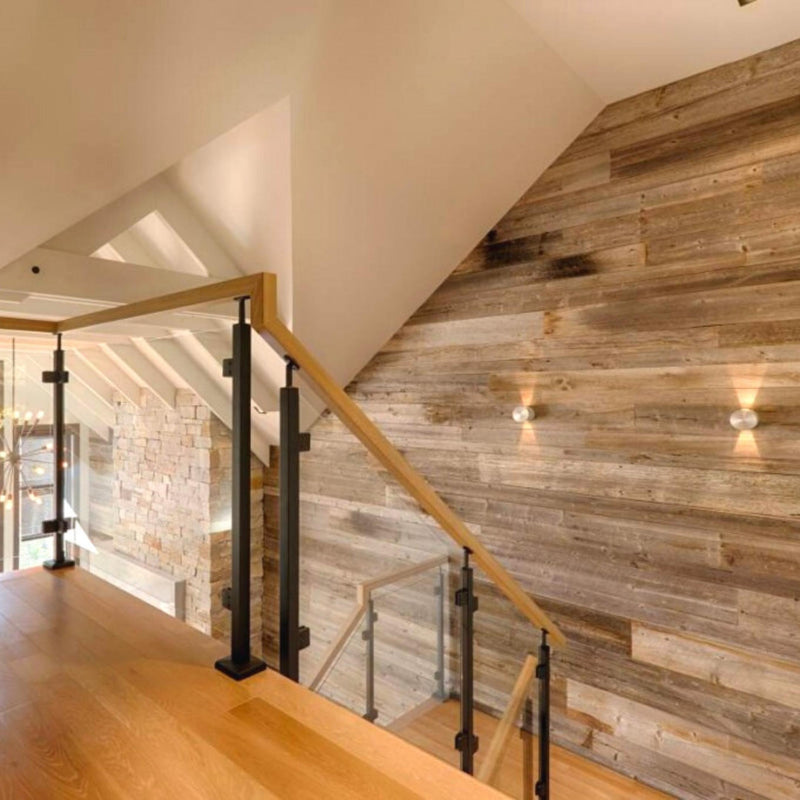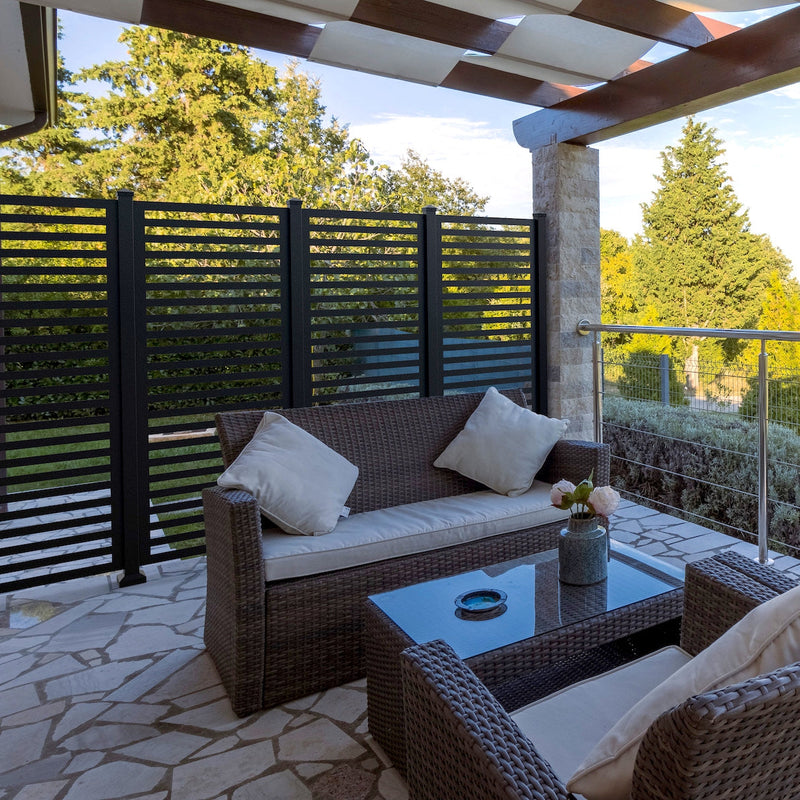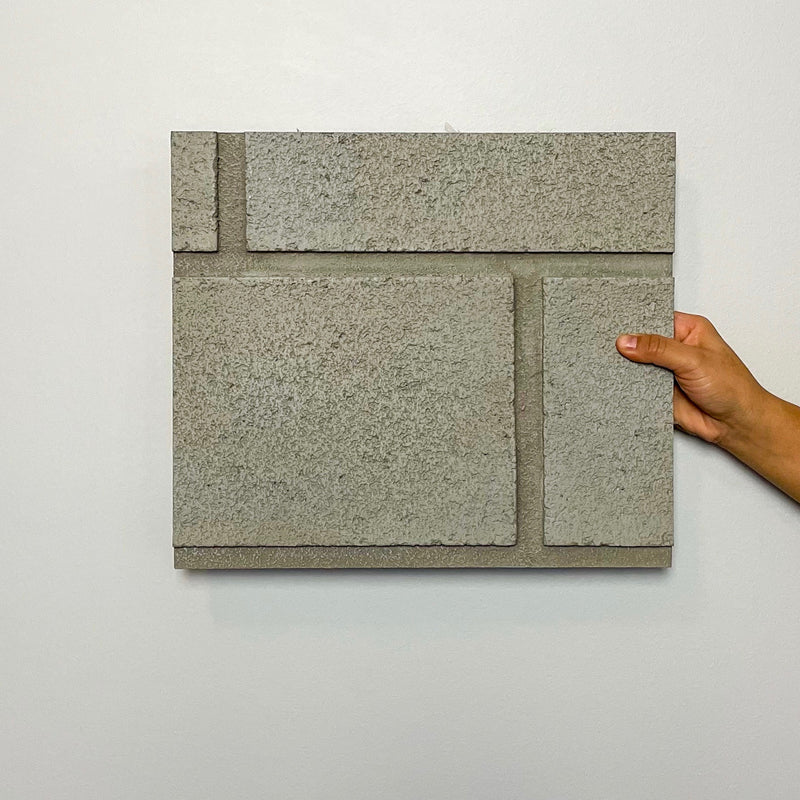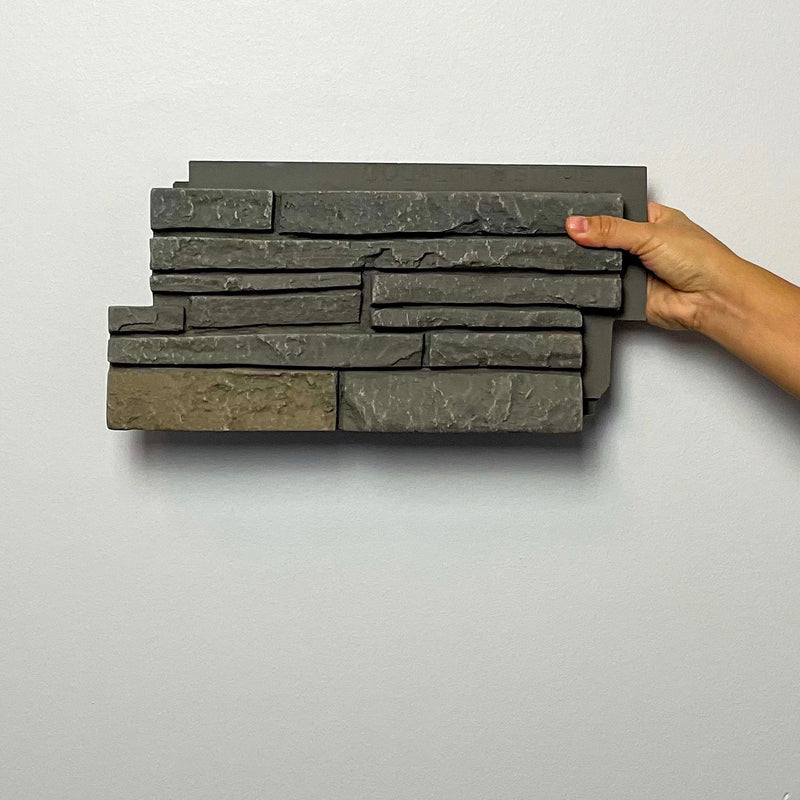How To Make A Mood Board To Redesign Your Hospitality, Retail, or Trade Show Space
So you have a vision for your dream space, but the overall design isn’t crystal clear? To help make your dream into reality, you may need a little help.
A mood board can help you describe your vision and inspiration to your clients. By providing a mood board, it can illustrate to your clients what you’re trying to achieve, and help to reassure them that you understand what they’re looking for.
Need more inspiration? Download our COMMERCIAL CATALOGUE and bring your dream space to life!
In essence, a mood board is a collection of images or objects that inspire a design. That design can take the form of a brand’s corporate identity, website, an interior design, and more. It can include whatever you feel you need to use to illustrate your optimal aesthetic vision. Remember, you’re trying to capture a “mood.” So when it comes to gaining that elusive feeling, anything goes! You have full creative freedom.
There are a few platforms you can use to express yourself:
Digital Mood Boards
Digital boards are easy to save and share with others. Social media sites like Pinterest and Instagram are full of imagery. Digital mood boards can feature photographs, paintings, textures, blocks of color, and feature key words or sample fonts related to your vision. Because it’s entirely digital, it is easily accessible, it can easily be emailed to your design partners, edited based on their feedback, and enhanced as needed.

Image via Dribbble.
Physical Mood Boards
These mood boards are typically created using bulletin boards or foam core as their base. Individuals can pin, staple, or tape photographs, original paintings/sketches, random inspiring trinkets, paint swatches, a book, plants, stones, leather work, cloth, or even a perfume sample - anything else they feel can help them illustrate their desired mood for their vision.

Image via Pinterest
Collage Mood Boards
Similar to a physical mood board, a collage mood board is easy to assemble and can be just as effective at capturing what you want from your space.
You can source your images from print materials like magazines, newspapers, and catalogues. Dig through piles of old postcards at antique shops. Search for photographs and illustrations that really hit on the feeling you’re hoping to reproduce. If you’re artistically inclined, or know someone who is, don’t hesitate to include custom sketches and drawings.

Image via Pinterest
Why you need a Mood Board:
Brainstorming and Refining
When you’re embarking on a new project, a mood board can become the difference between effectively zeroing in on your mission or becoming overwhelmed with possibilities. A mood board helps to compile all of your ideas in one place. This process can help to identify a concept more quickly and will provide a clear plan of action.
You can always turn to a mood board to help you get back on track. They help to make sure you haven’t overlooked a key design component and identify elements that aren’t harmonizing with the overall design. It represents an opportunity to hit the reset button and resume your process with renewed enthusiasm and fresh eyes.
Pitching a Product
Interior designers use mood boards when their objective is to successfully pitch concepts, like a restaurant renovation or business redesign. The idea is to sell your audience on your vision.
A mood board can provide a project with direction. It can save designers valuable time and money by mitigating the risk of creating something that doesn’t meet the client’s expectations.
Ready to create a Mood Board of your own? Follow these four simple steps:
1) Get to know your brand or project by asking yourself questions that will help you select items that accurately reflect your design vision. How would you describe it? Who is your audience or customer base? What words best describe what your brand or project is about?
2) Pick your format. Will it be digital or physical? Let the purpose of your mood board determine which platform is best for you.
3) Define your style. Does the brand or project have an edgy vibe, or is it charming and sweet? Contemporary or traditional? Be sure to experiment with different styles and design aesthetics until you find one that makes sense. You may discover that it takes more than one style to get the feeling right.
4) Collect your materials. Remember that your board can feature any number of elements: color, patterns, textures, typography, brand-related keywords, photographs, sketches and illustrations, textiles, and any found objects.
Ready to make your dream project a reality? Download our COMMERCIAL CATALOGUE and start today! Don’t see exactly what you’re looking for? We’d be happy to explore your vision, and collaborate on a custom design.
The beauty of mood boards is that they can be fully customized for your needs. There’s no limit to what you can include, or how you include it— so get those creative juices flowing! Our designers will be able to take your creative spark and help you run with it!
